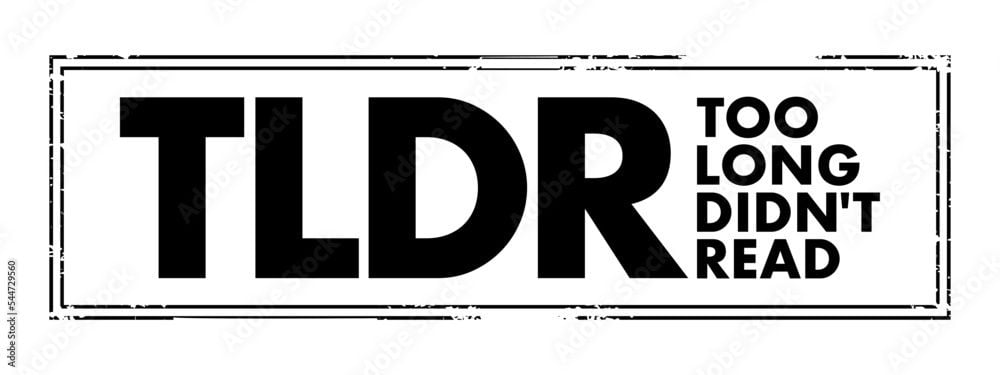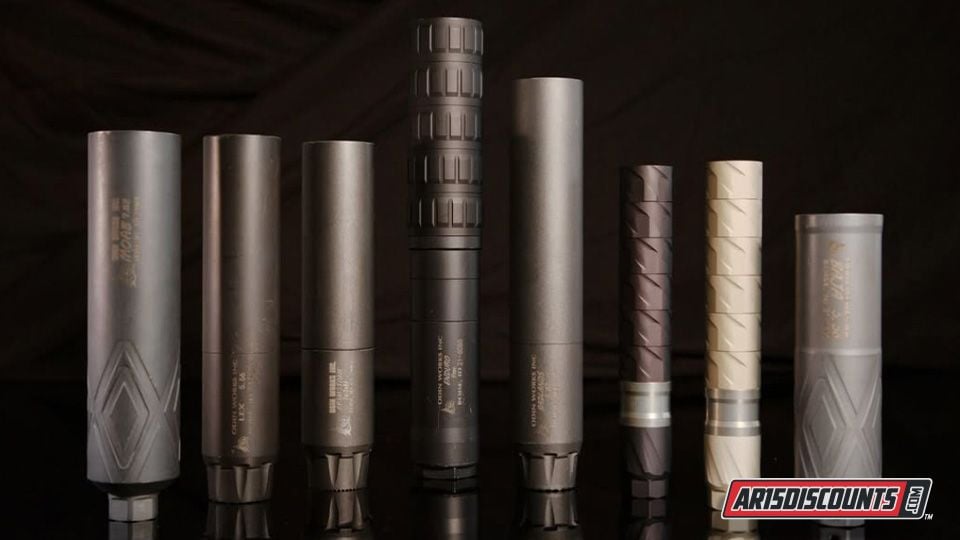Suppressors
How to Clean a Suppressor: A Step-by-Step Guide
Table of contents
- Why Cleaning Your Matters
- Types of Suppressors and Their Cleaning Needs
- Tools and Materials for Cleaning
- How to Clean a Sealed Suppressor
- How to Clean a User-Serviceable Suppressor
- Material Considerations
- Advanced Cleaning Methods
- Do’s and Don’ts of Cleaning
- How Often Should You Clean Your Suppressor?
- Maintaining Your Suppressor for Longevity
- Conclusion
- Frequently Asked Questions about How to Clean a Suppressor

TL;DR- Too Long Didn’t Read
The blog post offers a comprehensive guide to suppressor cleaning, explaining the importance, different types, and methods to maintain them effectively. Proper care ensures optimal performance and longevity for different suppressor types.
- Sealed suppressors for AR-15 (5.56 NATO) require minimal cleaning, often self-cleaning due to high-pressure rounds.
- Rimfire suppressors need frequent cleaning every 350–500 rounds due to lead buildup.
- Pistol suppressors should be cleaned every 1,000–2,000 rounds, particularly with lead ammo.
- User-serviceable suppressors require more hands-on cleaning than sealed variants.
- Tools include non-corrosive solvents, brushes, gloves, and a well-ventilated workspace.
- Material considerations vary: aluminum needs gentler methods; titanium avoids acidic cleaners.
- Avoid using dangerous cleaning methods like “the dip” mixture (vinegar and hydrogen peroxide).
Owning a suppressor transforms your shooting experience, delivering quieter shots and reduced recoil. For AR-15 owners using sealed rifle suppressors, here’s a key takeaway upfront: you likely don’t need to worry about cleaning your suppressor. The high-pressure rounds like 5.56 NATO used in AR-15s generate enough force to blast away carbon and fouling, making these nearly maintenance-free.
However, other types, such as those for rimfire or pistol calibers, demand regular cleaning to maintain performance. Whether you’re a new shooter or a seasoned enthusiast, understanding how to clean your suppressor ensures it remains reliable, safe, and effective. In this guide, we’ll walk you through cleaning both sealed and user-serviceable suppressors, explain the tools and methods needed, and share essential tips to keep your suppressor in top condition.
Why Cleaning Your Matters
Suppressors capture the gases produced when firing a firearm to reduce noise, but this process traps carbon, lead, and other residues inside the device. Over time, this buildup can clog internal components, add weight, or reduce sound suppression. Regular cleaning prevents these issues, ensuring your suppressor functions as intended.
For AR-15s with sealed rifle suppressors, the high pressure of rounds like 5.56 NATO clears most fouling, meaning cleaning is rarely needed. Rimfire suppressors, however, accumulate heavy lead and carbon deposits from dirty ammunition, requiring frequent maintenance. Pistol suppressors fall in between, needing occasional cleaning, especially with lead-based ammo. Knowing your type and its cleaning requirements is the first step to proper care.
Types of Suppressors and Their Cleaning Needs
Suppressors come in two primary designs: sealed and user-serviceable.
Sealed suppressors are welded units that cannot be disassembled, commonly used for high-pressure rifle calibers like 5.56 NATO in AR-15s or some pistol calibers. These are often self-cleaning for rifle applications due to the intense pressure clearing debris, requiring only occasional solvent soaks, if any.
User-serviceable suppressors can be taken apart to access internal components like baffles or monocores, making them common for rimfire and some pistol or rifle suppressors. These require more hands-on cleaning to remove fouling.
The cleaning needs also vary by firearm type. Rimfire suppressors (.22 LR) get extremely dirty due to lead-heavy ammo and need cleaning every 350–500 rounds. Pistol suppressors require maintenance every 1,000–2,000 rounds if using lead ammo, but jacketed rounds often allow longer intervals. Rifle suppressors, especially sealed ones for AR-15s, are typically low-maintenance, with high-pressure rounds preventing significant buildup, so cleaning is rarely necessary unless specified by the manufacturer.
Tools and Materials for Cleaning
- Non-corrosive solvent (diluted dish soap or firearm-safe cleaner)
- Nylon brushes for aluminum, brass/bronze brushes for steel/titanium
- Non-marring picks or scrapers
- Microfiber or cotton cloths
- Nitrile gloves
- Sealable container (jar or bucket) for soaking
- Lubricant for pistons and O-rings (if applicable)
- Compressed air for drying
- Well-ventilated workspace
- Proper disposal method for used solvents
How to Clean a Sealed Suppressor
- Detach the suppressor from the unloaded firearm.
- Work in a ventilated area with gloves.
- Seal one end with a plug or tape.
- Fill with a non-corrosive solvent (avoid harsh chemicals).
- Let soak 12–24 hours, agitating occasionally.
- Drain, rinse with warm water, and dry completely.
- Inspect threads and mounting surfaces.
Rimfire sealed cans need cleaning every 350–500 rounds due to heavy fouling. Pistol cans may require cleaning every 1,000–2,000 rounds if using lead ammo. For sealed rifle suppressors on AR-15s, cleaning is typically unnecessary, but a solvent soak every few thousand rounds can serve as a precaution if recommended by the manufacturer.
How to Clean a User-Serviceable Suppressor
- Disassemble according to the manual.
- Soak baffles or monocore in solvent for several hours (overnight for heavy fouling).
- Scrub with nylon or brass brushes.
- Use picks for stubborn deposits.
- Wipe tube interior and end caps.
- Clean pistons/springs, lubricate, and inspect O-rings.
- Brush threads and rinse all components.
- Dry completely with cloth or compressed air.
- Reassemble carefully, following the manual.
Clean rimfire user-serviceable cans every 350–500 rounds, pistol suppressors every 1,000–2,000 rounds with lead ammo, and rifle suppressors as needed based on manufacturer guidance.
Material Considerations
Aluminum is lightweight but prone to pitting from harsh solvents, ultrasonic cleaners, or abrasive tumblers, so use mild solvents and nylon brushes. Stainless steel is durable and can handle most cleaning methods, but avoid solvents that damage finishes. Titanium, also durable, is sensitive to acidic cleaners, so stick to mild solutions like dish soap. Always consult the manufacturer’s guidelines to ensure compatibility with your cleaning approach.
Advanced Cleaning Methods
Wet media tumblers use stainless steel pins and solvent to clean components but can wear finishes or threads, especially on aluminum or coated parts. Soda blasters, which use sodium bicarbonate and compressed air, are effective but require specialized equipment and should not be used on anodized or coated surfaces. Ultrasonic cleaners agitate dirt off in a solvent bath but can damage aluminum or coated components. Dry media tumblers with abrasive media like walnut shells are less effective and too harsh for delicate parts. For most users, the brush-and-solvent method, often called the “elbow grease method,” is the safest and most accessible, requiring minimal equipment and posing little risk to the suppressor.
Do’s and Don’ts of Cleaning
Do: follow the manufacturer’s instructions, use non-corrosive firearm solvents, clean threads and mounting surfaces, dry thoroughly before reassembly or firing, and dispose of solvents properly.
Don’t: use acidic or harsh solvents, fire with wet solvent inside, use metallic brushes on aluminum, run patches through a suppressor, or attempt the “Dip” (vinegar and hydrogen peroxide) which is toxic and environmentally harmful.
How Often Should You Clean Your Suppressor?
Rimfire suppressors need cleaning every 350–500 rounds due to heavy lead and carbon buildup. Pistol suppressors require maintenance every 1,000–2,000 rounds if using lead ammo, but less often with jacketed rounds. Sealed rifle suppressors for AR-15s, firing high-pressure rounds like 5.56 NATO, are typically self-cleaning and may need only occasional solvent soaks after tens of thousands of rounds, if at all. Always check the manual for specific maintenance schedules.
Maintaining Your Suppressor for Longevity
Beyond cleaning, regular maintenance includes inspecting mounting systems, threads, and moving parts like pistons or O-rings for wear. Apply lubricant to moving parts as needed and store the suppressor in a dry, clean environment to prevent corrosion. For AR-15 users with sealed rifle suppressors, this low-maintenance design means more time enjoying quiet shooting and less time on upkeep.
Conclusion
Cleaning a suppressor is manageable with the right approach, tools, and precautions. For AR-15 shooters with sealed rifle suppressors, the high-pressure rounds make cleaning a rare task, letting you focus on the range. Rimfire and pistol suppressors, however, require regular care to stay in top shape. By understanding your suppressor’s design, material, and cleaning needs, you can ensure it performs like new—quiet, reliable, and ready for action.
Frequently Asked Questions about How to Clean a Suppressor
It depends on the type and the ammunition you use. Sealed rifle suppressors, such as those used on AR-15s with 5.56 NATO, rarely need cleaning because the high-pressure rounds clear most fouling on their own. Rimfire suppressors need the most frequent attention—every 350–500 rounds—because of the heavy carbon and lead deposits. Pistol suppressors typically fall in between, needing cleaning every 1,000–2,000 rounds if you use lead ammunition. Always check your manufacturer’s recommendations for specific schedules.
For most shooters, a simple solvent soak and brushing is the safest and most effective approach. Non-corrosive, firearm-safe solvents combined with nylon or brass brushes will handle carbon buildup without damaging finishes. After soaking, scrub components gently, rinse with warm water, and dry completely before reassembly.
Sealed suppressors cannot be disassembled, so the best approach is to soak the entire unit in a non-corrosive solvent for 12–24 hours, rinse it thoroughly, and allow it to dry completely. User-serviceable suppressors can be taken apart, allowing you to clean each component directly. Baffles, monocores, and end caps can be scrubbed individually, while O-rings and pistons should be inspected and lightly lubricated before reassembly.
Aluminum suppressors should only be cleaned with mild solvents and nylon brushes, since harsh chemicals and abrasive methods can pit or damage them. Stainless steel is more durable and can tolerate stronger cleaning techniques and solvents. Titanium is strong but sensitive to acidic solutions, so stick to mild cleaners like dish soap or standard gun solvents.
Avoid acidic solutions, harsh industrial cleaners, and steel brushes on aluminum. Do not use hydrogen peroxide or vinegar mixtures (the so-called “dip”), which are dangerous and highly toxic. You should also avoid running cloth patches through a suppressor, since they can become stuck inside and cause malfunctions.
The easiest signs are increased weight, decreased sound suppression, or visible fouling inside the suppressor. Rimfire cans will often show lead flakes and heavy residue after only a few hundred rounds, while pistol suppressors may show cycling issues if fouling builds up. Rifle suppressors usually don’t show noticeable performance issues unless they’ve gone tens of thousands of rounds without attention.
Yes. Ultrasonic cleaners can strip finishes or damage aluminum parts. Wet tumblers with stainless pins can wear down threads or coatings. Dry tumblers are too abrasive for most components. The “dip” (a mix of vinegar and hydrogen peroxide) is particularly dangerous because it creates toxic lead acetate. For safety and longevity, most manufacturers recommend avoiding these methods.
Absolutely. Each manufacturer designs with different materials, coatings, and tolerances, so they often specify which solvents and tools are safe. Following their guidelines not only prevents damage but also ensures your warranty remains valid. Always check your manual before starting a cleaning routine.

